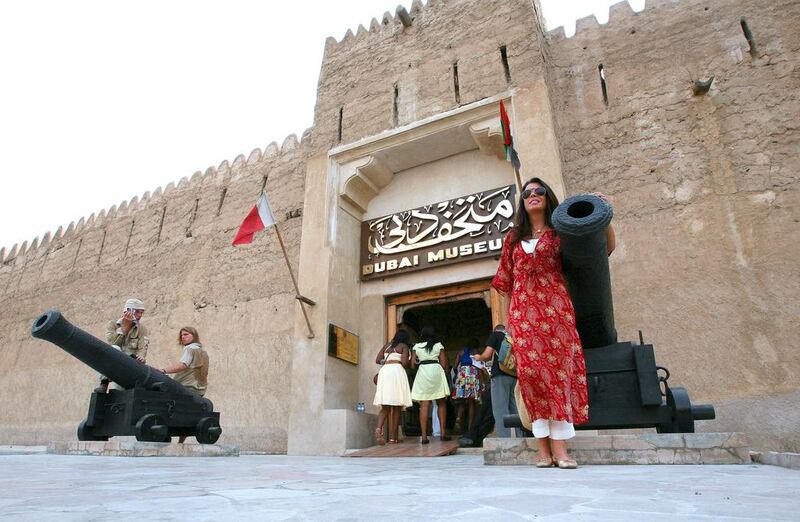Although the IMF downgraded its growth forecast for the UAE quite sharply two weeks ago, the news so far this year does not justify such a big adjustment, with some recent developments even beginning to suggest that a turning point might be on its way.
Two weeks ago the IMF released its regional economic outlook titled Oil, Conflicts and Transitions, in which it downgraded its outlook for many GCC economies, including the UAE's, based primarily on the outlook for oil prices over the coming year. In it, the IMF anticipated that overall growth in oil-exporting countries would be steady this year, but it forecast a weaker growth outlook in some of the individual GCC economies, including the UAE.
The IMF downgraded its estimate for the UAE’s growth last year to 3.6 per cent from 4.2 per cent previously, and revised growth forecasts for this year and next year down to 3.2 per cent from 4.5 per cent and 4.4 per cent, respectively, in its October 2014 outlook.
The IMF cited lower oil prices and declining confidence as risks to the outlook.
However, this downgrade occurred when oil prices were already heading higher, which they have done since the beginning of April. This provides us with a sense that the worst may have been behind us when the IMF's forecasts were updated. Even during that worst period of oil price declines early in the first quarter, things may not have been quite as bad as they first appeared.
When oil prices were plunging in the early part of the year, oil production in the UAE was broadly stable and in April actually rose to 2.9 million barrels per day, according to Bloomberg. The other main way that weaker oil prices could feed directly into softer growth would be through reduced government spending, but as we know most regional governments have committed to maintaining budget spending in the face of weaker oil prices. There may have been a few cases where projects have been put on hold or spending has been reduced, but money supply data suggests no widespread reduction in liquidity has taken place.
A third way lower oil prices could have affected activity negatively is indirectly through their impact on private sector confidence. But here the trends observable in the private sector economy in the early part of the year have been encouraging and not suggestive of an imminent sharp slowdown either.
While it slowed a little in the first few months of the year, the headline Purchasing Managers’ Index for the UAE has held up strongly overall. It stood at 56.8 last month from 56.3 in March, suggesting slightly faster growth in the non-oil sector last month.
Of course, the Dubai economy is crucial when it comes to the non-oil UAE economy, and here the launch of the first Emirates NBD Dubai Economy Tracker last week helps in identifying trends across key sectors in the emirate.
What it showed was that although activity slowed early this year (consistent with the message from the UAE PMI), there is still a strong pace of expansion overall.
Furthermore, of the three key sub-sectors covered by the tracker, the construction sector and the retail and wholesale trade sector performed the strongest last month, with a bit more vulnerability in travel and tourism. This is not wholly surprising in view of the strength of the US dollar, and by extension the strength of regional currencies, which has been making it harder for the hospitality industry to stay competitive in attracting tourists.
However, the news has not been uniformly negative, with other tourism figures for the first quarter showing strong passenger traffic through the country's airports, and with hotel occupancy only a little weaker than last year.
Finally, the other issue that might have affected confidence is the real estate sector, where weaker trends have been discernible for a year.
But even here our new Emirates NBD Real Estate Tracker, along with some other recent housing data, suggests that this downturn may also be close to bottoming.
Again, most areas of weakness appear to reflect international factors, probably also related to the strong dollar. In fact, it is international uncertainties that probably present the greater threat to growth overall this year, but with the dollar weakening recently even some of these pressures might be starting to ease.
Tim Fox is the head of research and chief economist at Emirates NBD.
Follow The National's Business section on Twitter





